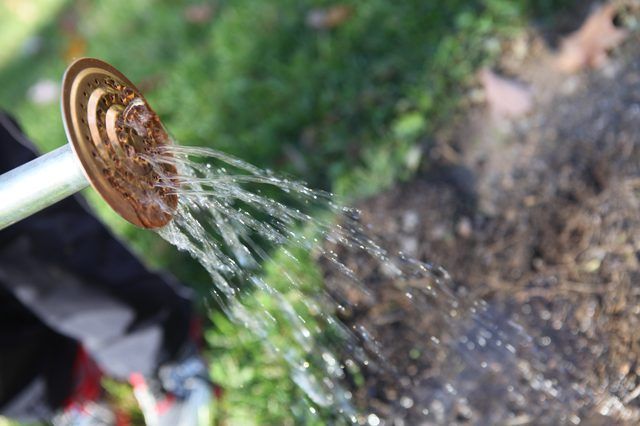Bulbs
Flower Basics
Flower Beds & Specialty Gardens
Flower Garden
Garden Furniture
Garden Gnomes
Garden Seeds
Garden Sheds
Garden Statues
Garden Tools & Supplies
Gardening Basics
Green & Organic
Groundcovers & Vines
Growing Annuals
Growing Basil
Growing Beans
Growing Berries
Growing Blueberries
Growing Cactus
Growing Corn
Growing Cotton
Growing Edibles
Growing Flowers
Growing Garlic
Growing Grapes
Growing Grass
Growing Herbs
Growing Jasmine
Growing Mint
Growing Mushrooms
Orchids
Growing Peanuts
Growing Perennials
Growing Plants
Growing Rosemary
Growing Roses
Growing Strawberries
Growing Sunflowers
Growing Thyme
Growing Tomatoes
Growing Tulips
Growing Vegetables
Herb Basics
Herb Garden
Indoor Growing
Landscaping Basics
Landscaping Patios
Landscaping Plants
Landscaping Shrubs
Landscaping Trees
Landscaping Walks & Pathways
Lawn Basics
Lawn Maintenance
Lawn Mowers
Lawn Ornaments
Lawn Planting
Lawn Tools
Outdoor Growing
Overall Landscape Planning
Pests, Weeds & Problems
Plant Basics
Rock Garden
Rose Garden
Shrubs
Soil
Specialty Gardens
Trees
Vegetable Garden
Yard Maintenance
How to Fertilize Fig Trees
How to Fertilize Fig Trees. Fig trees are well suited for warm, dry climates and can be grown successfully outdoors and in containers. Fig trees are available in fruiting and non-fruiting varieties and have interesting twisting branches and attractive green foliage. Fertilizing your fig tree is not always necessary, and improperly fertilizing can...
Fig trees are well suited for warm, dry climates and can be grown successfully outdoors and in containers. Fig trees are available in fruiting and non-fruiting varieties and have interesting twisting branches and attractive green foliage. Fertilizing your fig tree is not always necessary, and improperly fertilizing can prevent fruit production and can cause poor growth.
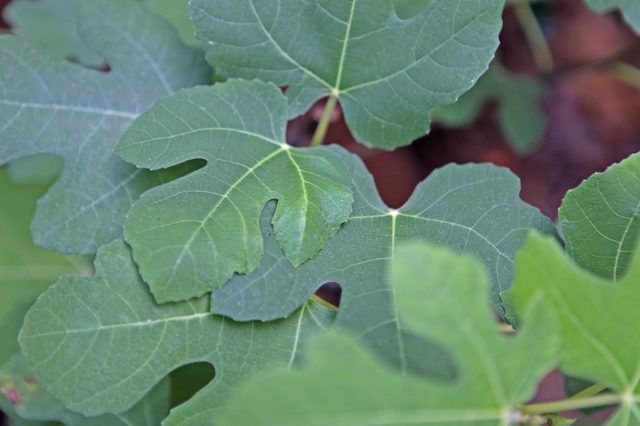
Things You'll Need
Measuring tape
Fertilizer
Garden rake
Hose
Step 1
Measure the length of a branch, starting from where it protrudes from the trunk to the tip with a measuring tape. Do this once a year at the end of summer to track the growth rate.
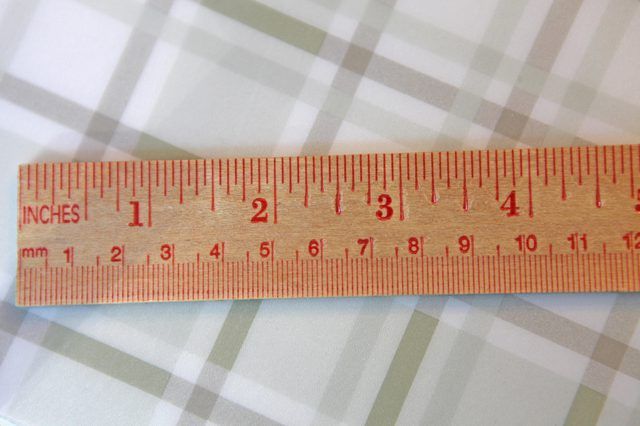
Step 2
Fertilize your fig tree if there is less than 12 inches of growth since the measurement taken a year earlier. Look for fertilizers specifically for fruit trees, which will work well for fig trees. Otherwise, use a high phosphate and high potassium fertilizer to promote fruiting. Fig trees don't need much nitrogen, so look for fertilizers with a low nitrogen composition.
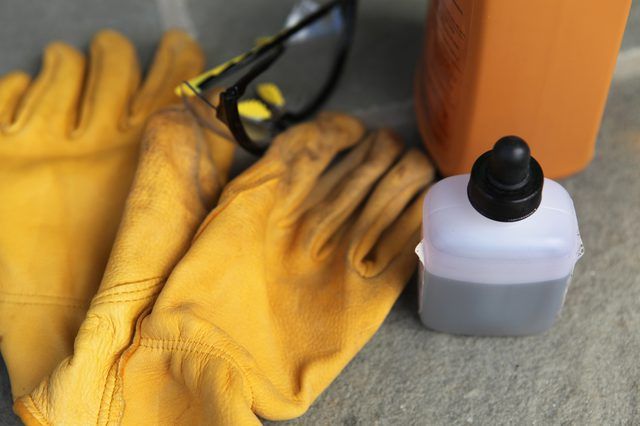
Step 3
Apply fertilizer three times during the year while the tree is dormant: in late fall, in winter and in early spring. If your soil has few nutrients, you may want to use potassium sulfate.
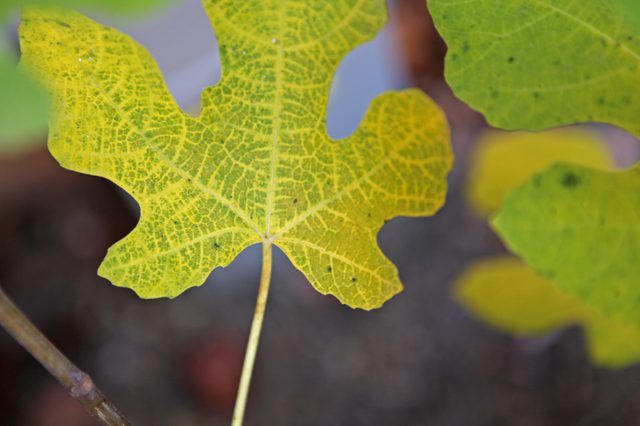
Step 4
Do not fertilize the next year. Continue to track the growth of the tree from year to year and fertilize only when the growth slows.
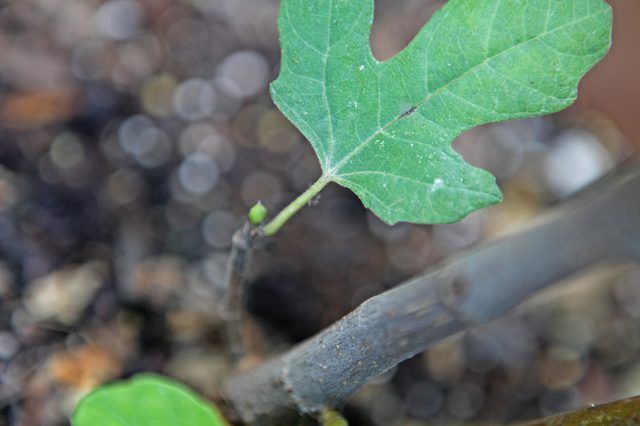
Step 1
Spread the fertilizer in a circle beneath the tree’s branches, just inside the drip line. Do not spread fertilizer around the trunk of the tree.
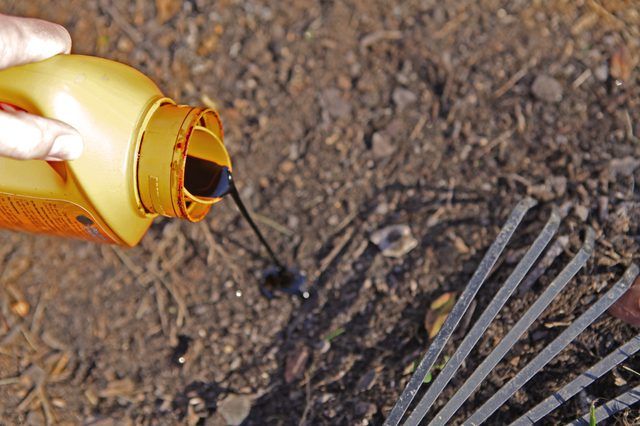
Step 2
Create a small mound of soil, using the garden rake, in a circle around the area where you applied the fertilizer to prevent the water from flowing away from the fertilizer application zone.
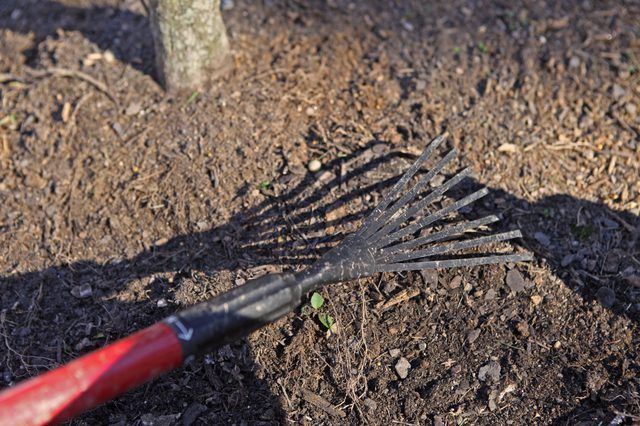
Step 3
Using a soft spray hose setting, thoroughly soak the area where the fertilizer was applied for optimal soil absorption.
